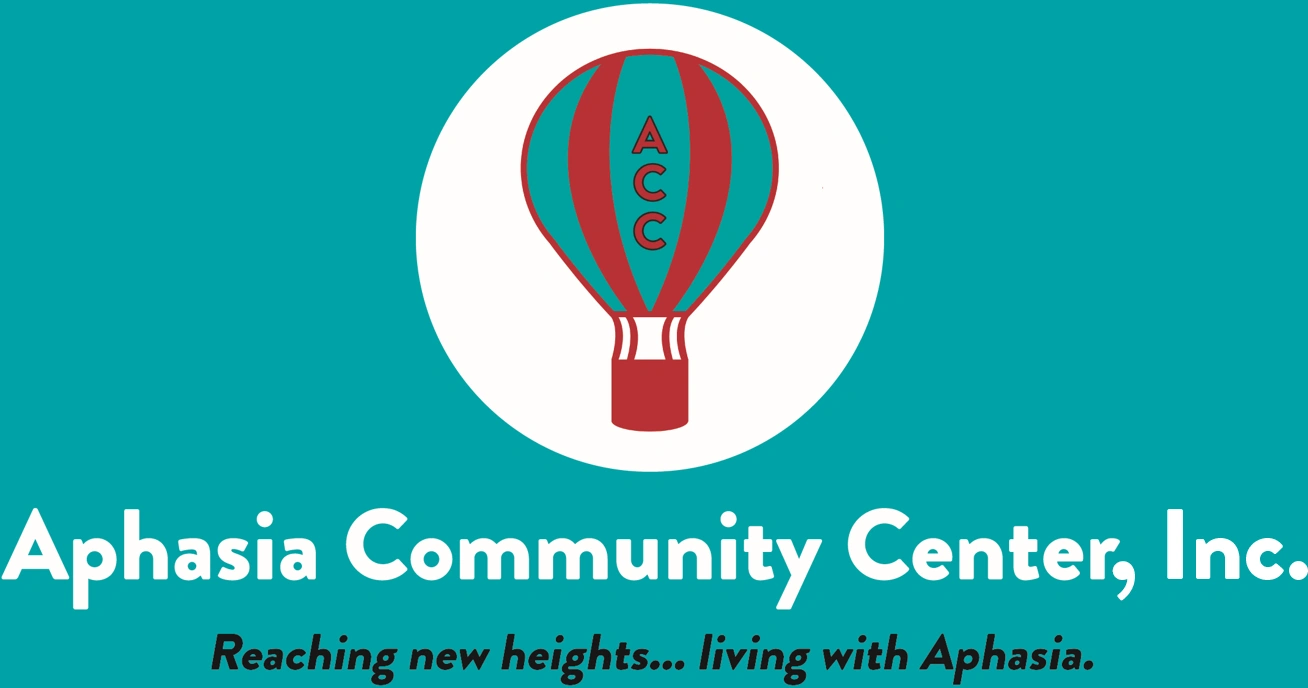Advance directives and medical order forms are two tools that can ease the process of making healthcare decisions for yourself and your loved ones. These forms ensure your wishes are respected even when you cannot communicate them. Understanding the difference between these two documents and recognizing their importance is crucial for anyone looking to take charge of their healthcare outcomes.
Advance directives are broad, attorney-written legal documents that outline your preferences for medical care if you cannot communicate for yourself. These forms are often notarized or witnessed. The advance directives guide choices for doctors and caregivers in situations such as terminal illness, serious injury, coma, late-stage dementia, or end-of-life care. There are different types of advance directives. Examples of advance directives include a Living Will, which specifies the medical treatments you would or would not want to keep you alive. At the same time, a Durable Power of Attorney for healthcare appoints someone to make healthcare decisions on your behalf. It is important to remember that advance directives are not medical orders but guidance for future care.
Medical order forms are specific, physician-written medical orders that regard patient care in critical medical decisions, especially in emergencies. They are typically documented in a medical chart or electronic health record. The most well-known medical order form is a Do Not Resuscitate (DNR), which indicates that you do not want resuscitation if your heart stops or you stop breathing. A newer but critical medical order form incorporating the DNR is the Physician Orders for Life-Sustaining Treatment (POLST). The POLST translates your treatment preferences into specific medical orders. It is important to remember that medical order forms do not reflect personal preferences but focus on immediate medical interventions related to emergencies.
So, why are these documents so important? They serve as a voice for your healthcare preferences when you cannot express them. With these directives in place, you can avoid unnecessary suffering, relieve the decision-making burden from loved ones during stressful times, and reduce confusion or disagreement about your care choices. Moreover, they ensure that your healthcare aligns with your values and wishes, providing peace of mind for you and your family.
Consider the potential consequences of not having these documents. In such a scenario, individuals may find themselves in a vulnerable position where their medical preferences are unknown, and decisions about their care are left to family members, healthcare providers, or even the court system. Without an advance directive, medical decisions will typically fall to the next of kin or a court-appointed guardian. This can lead to potential conflicts among family members, stress during an already challenging time, and decisions that may not align with the patient’s desires. In some cases, the absence of medical order forms can result in medical interventions that the individual would not have wanted, such as life-sustaining treatments or resuscitation efforts.
Furthermore, if state laws are applied to determine a surrogate decision-maker, the selected individual may not be the person the patient would have chosen. Not having these critical forms could lead to losing personal autonomy and medical choices that do not reflect the patient’s values and preferences.
When creating these essential documents, it is highly recommended that you consult with a healthcare professional and an attorney specializing in estate planning. Their expertise can provide valuable insight and assistance in preparing advance directives and medical order forms that accurately reflect an individual’s healthcare choices.
Remember, advance directives and medical order forms are not just legal documents but essential components of healthcare planning. They empower you to have a say in your medical care, reflect on your values, and clearly communicate your decisions to those caring for you. Whether in the prime of your health or facing a severe illness, preparing these documents can make a significant difference in your future healthcare journey. It is a thoughtful gesture that provides peace of mind to both the individual and their loved ones, knowing that their medical care will align with their wishes, even when they cannot speak for themselves.
For more information on creating these documents and starting the conversation with your loved ones, visit the National Institute on Aging’s Guide on Advance Care Planning.
___________________
Sources: POLST polst.org, Care.com care.com, Mayo Clinic mayoclinic.org, MOLST molst.org, National Institute on Aging nia.nih.gov

